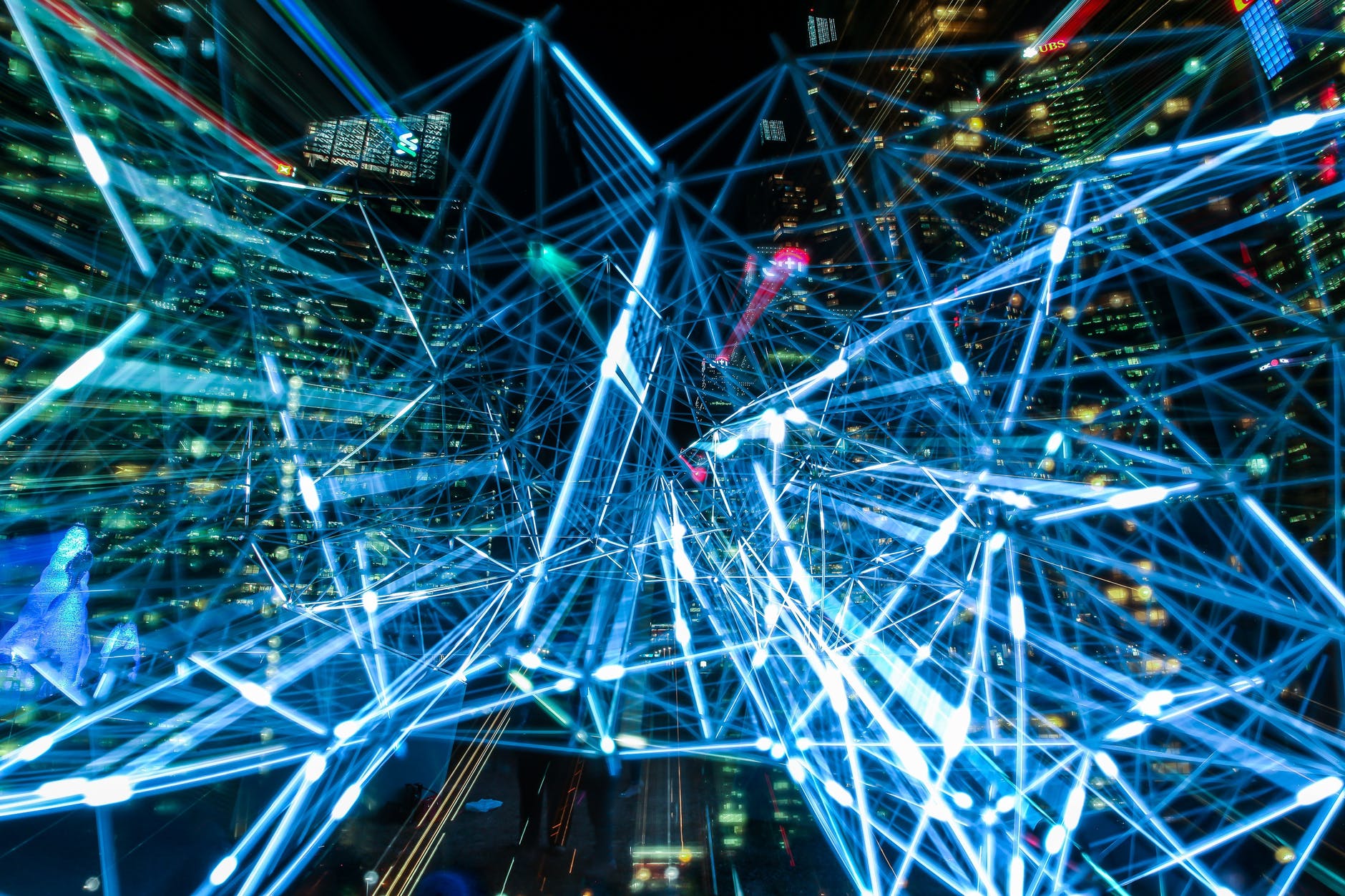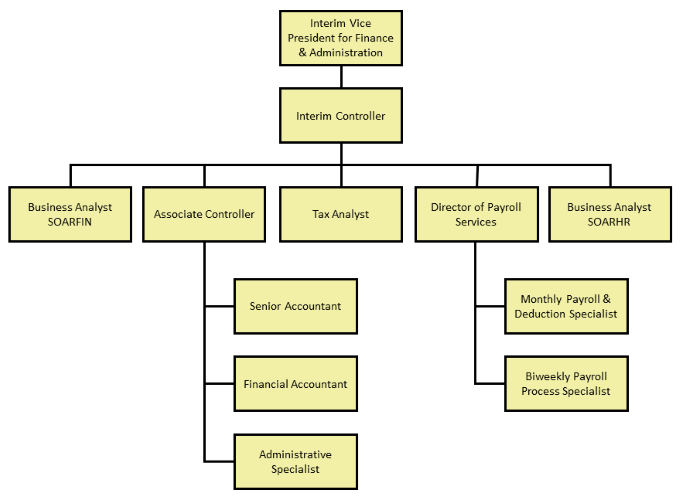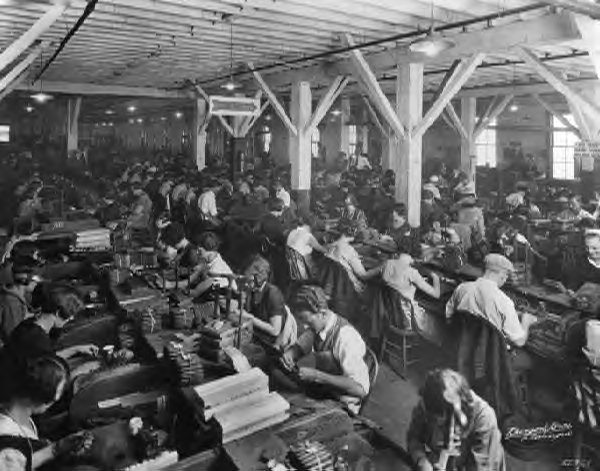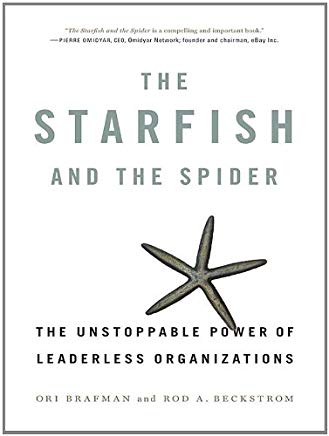Detaching from the Matrix…Small steps to big rewards
We are in a mess. We got this way because people forgot that the power brokers of the world treat life like a chess game, and we think of life like a daily or hourly experience.
What we are doing in the United States and the western world is not working. The average person is living from pay check to pay check, is carrying too much debt load, has barriers to wealth, is brainwashed and is losing their individual freedoms. This article suggests a peaceful way to break that model that you can adopt today and be free of the restrictions of the economic systems that we are expected to live in.
We live in a world of systems. The systems dictate what you are allowed and not allowed to do. They dictate how much money you can make. We’d love to think there was no obstacle to wealth other than a great idea and a marketplace to sell it. But the systems will argue against that, and as a result will constrain what you wish to do. They determine how much salary you can get paid, what entry level requirements are required for the right to work, immigration rules, taxes, laws, etc.
They are all systems and we are forced to play within the rules and hence we get what the rules allow us to get. The more restrictive the rules, the less we get. Those that have the power to make the rules are able to skew them to their advantage. The system creates a world of “haves” and “have nots” and divides economies into the ruling and working classes. It has been like this since the dawn of time, and yet we try to constantly work and find opportunity within those rules. These rules ultimately define why you get what you get, and you are expected to be happy with that.
I am what they would call a “Systems Analyst”, a title in the IT world that is rarely used today. Back in the 1980s when I started out as a computer software developer, our job was to create assistive systems that took laborious and costly labor and allowed computers to reduce the work burden. This meant that I would go into industries I knew nothing about, and in order to see where the opportunities were to automate, you had to study the industry. You would speak to “domain experts” (the people that actually knew the details of how and why things were done the way they were done). That might be a machinist in a factory, an accountant in an office, a shipping & receiving clerk in a warehouse, a researcher in a pharmaceutical company, etc. You would meet some very interesting and diverse people.

You would then establish and document a set of rules that dictate their organization and using various techniques such as modeling the data and the function of the organization, you would create these graphical models that could then be read back to the experts in the industries to validate that you got it right. That you listened and understood what they did, so that then you could automate the right thing.
This job eventually disappeared from the world of information technology (IT). The reason was pretty simple – the Internet. Once the Internet came along, those very same industries were so disrupted by the technological change that the domain experts and the way they had done business for hundreds of years prior were no longer valuable in terms of defining the rules. I mean the rules changed – you could be an expert in retail sales, but what good is that in a world of Amazon and eCommerce? You could be a great taxi driver and know all the best routes from A to B, but what good is that in a world of autonomous vehicles? Ultimately the IT people now re-wrote the rules and once that happened, they could create systems to force the rules to be laid upon the average person. If the computer didn’t let you do something, then you couldn’t do it. It was that simple.
In my career as a systems analyst, I became very aware of how things work. I looked at micro and macro systems. Although I knew about individual organizations and potentially industries, I started to see the consistency playing out at macro levels – within governments, states, countries, etc. I started to see patterns. I saw the autonomy of a sovereign region, and its systems. I realized that systems interact with other systems. In the world of software development, we have this concept of an API (Application Program Interface). The idea is that by having disparate systems communicate with each other, we can share the burden of doing things. For example, if a factory in China that makes products wants to price them, they might be very interested to know the current exchange rate with $USD because that may be the basis of their pricing. Where do they get that information? Well there are many sources on the Internet that are provided by agreed upon data sources and their systems can simply use an API to reach out and get the current exchange rate. They don’t have to write that. They just leverage off someone else’s work.
This concept of “standing on the shoulder of giants” is the reason we have seen such rapid technological expansion in the last 100 years. Once someone invented the low level protocols, they could then share those with others who could use them. To build a car, you don’t have to re-invent the internal combustion engine or the electric engine each time. That is already done – you just consume that knowledge. And if that knowledge is provided as freely available “open source” information, you have the power to use it and much more within your inventions - thereby bringing new products to market faster and without any friction.
It was noteworthy that what existed in virtual systems in IT and the benefits that were delivered to mankind, didn’t exist like this in economic systems. Maybe the answer to individual wealth, sovereignty and freedom existed somewhere in the implementation of virtual systems into the real economic world. I studied the different types of economic systems and what made the most sense in my mind in the 21st century.
Here’s the systems I analyzed and my conclusions to what works best for the unconstrained.
If you have ever worked in a traditional corporation, you probably know what an “Organization Chart” (or Org Chart as they are commonly referred to). They have the boss/CEO at the top and then the Vice Presidents, down to the Directors, down to the operational managers, then the workers. Each person has someone they report up to, and may have one or many people that report to them. They are responsible to those below them on the chart.

Normally pay grades follow that chart. The higher up on the chart you are, the more money you make. This is because you have more power and responsibility. This is also something you find in governments and government departments. Often a leader will lobby to get greater budgets, more personnel, etc. because it supports an increase in power and with that often comes more money.
The traditional top down model doesn’t really care about those at the bottom – only by having a lot of them. They are definitely pawns on the chessboard while the more powerful pieces control their destinies. You cannot be someone with power without first having come from the bottom and worked your way up. But this is often nullified or destroyed as organizations fill higher end positions with people from other organizations that they admire, or by way of nepotism or edict from above.
If you are lower on the totem pole as they would say, you get lower salaries and the only way to increase that is to be promoted up the chain. Promotion is done by those above you recognizing your skills and leadership abilities and moving you upwards. Often an empty position of power is filled quickly to avoid a “power vacuum” that destroys the top down model, and that ultimately results in a more dysfunctional system. This is amplified by larger organizations that create a “Dilbert” like parody of themselves as those ill-equipped for management are promoted into management positions due to tenure or poor decision making.
Bottom up changes the model entirely, so that the workers or those at the bottom of the chart get equal and consistent power and reward as those at the top. The easiest way of thinking of this model is more like a communist society. Sure, that conjures up negative views, but the reason why communism took hold in the 20th century was that the traditional top down model excluded the workers (who had the greatest population) from power and attempted to take that power and wealth from the top and redistribute it equally to all at the bottom.
Creating some forced re-distribution of wealth sounds romantic at first. The Robin Hood approach. Take from the rich and give to the poor. We’ve all read folklore on this and it portrays the Lords of the realm as drunk on power, evil and corrupt and to re-balance good in the kingdom, that power and wealth is often taken by force.
In some ways a small portion of this story has been adopted by trade unions in the 20th century. They represented the collective labor that were being exploited and underpaid. By negotiating from a position of strength at the threat of labor strikes, the labor at the bottom were able to get better wages, better working conditions, healthcare, etc. There are a number of positive legacies that have come from a bottom up approach here, but it always comes with a power struggle that often involves violence and threat.

The problem is that over time we’ve seen that it doesn’t work. Large organized groups that live by the mantra that no one person is more important than another doesn’t represent the normal anthropology of humanity. There will always be winners & losers in our species. Our very existence comes from a survival rate that is based on the fact that not all members of the species will survive. Some will become food for the lions or some other evolutionary structure. In some ways, natural evolution works much more like a top down model, where dominant species thrive and less dominant become their lunch.
To go against the grain of this results in turmoil. We’ve seen communist societies that have attempted to embrace a bottom-up approach, such as the USSR, Venezuela, North Korea, Vietnam, etc. and all have evolved into a poverty, and ultimately have still had a top down approach of the “Supreme Leader” who has all the power and wealth, while the people at the bottom have nothing. There are some quasi-communist societies that have found a way to thrive, but this typically still comes at the expense of strict power controls on the people. They lack the individual right to express their thoughts without restriction, have strong money control, and basically have to do business in conjunction with the state.
The power of the bottom-up society is in the population and getting everyone to follow the same mantra – chant the same slogans, etc. It is about universal conformity and that goes against the very DNA and anthropology of the human race. There is a state mandated removal of personal ego from life. It can last for some time, and often under enormous statist threat, but it can’t last forever because it isn’t natural to us.
Do the workers benefit while it is enacted? Not really. There is a removal of obligation on their part to compete, better their education, etc. but without any motivation to improve towards an upward growth, it runs the risk of creating a lethargic society that doesn’t help anyone.
In the 1980s, a popular author Tom Peters wrote a book called “In Search of Excellence” that studied America’s best run companies. One common principle that he discovered was the concept of what is often referred to as a “Japanese management style”. This was embraced following World War II in which Japanese organizations had to be rebuilt by American leadership, creating a proxy “node” of the USA.
The one thing that American managers realized was that a small country could become a powerhouse by letting the workers dictate how things should be done rather than a detached “top down” manager. Those close to the action knew what small steps are needed to improve quality and coined the term “continuous quality improvement” as a paradigm for how to create a better organization that serves the customer more effectively. It was clear that management that is distanced by org chart from those that actually do the work, interact with the customers, etc. devolved into chaos.
By realizing that the opportunities are created on the “ground floor level”, then it is understandable how the startup model has worked out so well in the past 40 or so years. The opportunities are enormous but can never been seen from a 1,000 foot view from the top of the org chart. The gold is found by digging up the ground – not by surveying the land from a plane or a drone.
Another important book chronicles this – “The Starfish and the Spider: The Unstoppable Power of Leaderless Organizations”. This is probably the best representation of the power of decentralization, and takes from it a lot of knowledge learned from the Open Source movement in the 1990s. The idea is that if the common person is empowered with opportunity and skill, that they will create a solution for smaller groups organically and that this is where the “sweet spot” lies.

A perfect example of how this works is to study the Spanish conquest of Mexico. Previously under the leadership of a top down model, the Aztec empire were known to be brutal. They sacrificed humans, from men, women and children to the gods, let their population live in constant fear. Montezuma ruled with an iron fist and was the central authority. When Cortez came to conquer Mexico, he did it with a small force by attacking the top of the org chart so to speak. He was able to topple the entire Aztec empire by attacking its weakest point – the top leadership. By killing Montezuma, Cortez forced the people who were already living in submission to just change their submission to a different leadership. Like the lyrics of the Who’s song, Won’t be fooled again, “Meet the new boss, same as the old boss”.
Yet as the Spanish expanded their conquest over New Spain, they moved north into regions now part of the United States. They met limited opposition, however when they got to Arizona, they met with the Apache Indian tribes. Those tribes didn’t share that same top down model. They were a network of smaller groups, with an “API” between each group that was a person designated to pass communications between tribes. This decentralized model was far more difficult to conquer and ultimately the Spanish couldn’t. When the Spanish attacked one tribe, they were flanked by another. When they searched for the leader, there wasn’t one. Sure, there was a spiritual leader who passed the philosophy of the tribe to the members, but there was not a central power figure. Therefore they were fighting a swarm of hornets – no one central place to destroy. Ultimately they backed down, defeated.
This is the power of decentralization. Rather than being an organized group, whether lead from the top down or the bottom up, the decentralized group works more on a respect model where opportunities are found on the ground, but that groups work as nodes in a network. All participants share an ideology, but they don’t share a top down structure. They use trade as part of their API with each other. The wealth is distributed to a smaller group at the local level. This results in a richer society, happier and more self-motivated because there is reason to take on risk and seek out opportunities.
When you see the advantages of a decentralized model, you can then trade across larger boundaries. This means being able to seek out larger opportunities and to grow the wealth of your neighbors. If they are sitting on natural wealth in their region, then you can negotiate a price to purchase. They will also likely need what you have too, so a trade negotiation between both parties at a peer to peer level ensues.
If any representative of one group wishes to travel to another region, they can do so freely. Like the Apache tribal communicators, they can venture out and cover vast distances and trade with other regions. We will likely be doing more of this as we expand our reach outside of planet earth and venture to other planets and discover the resources there that we can use.

Think of the decentralized model like a vast computer network – like the Internet. There is no central point to attack and take over. Each node on the network is autonomous but participates in union with the network by agreeing to a common ideology – a protocol of communications (TCP/IP). This allows a node to be destroyed yet the network prevails, routing itself around the destroyed node. It cannot be toppled. It was, after all, designed to withstand nuclear warfare. It can’t be controlled and it is freely available to all the participants. And you can join it from any point and it looks the same regardless of where you connect to it.
The key empowerment of a decentralized model is the ability to communicate and travel over vast regions. The Internet is a key part of this opportunity, as is affordable air travel. Soon it will be space travel. At the time of writing this, I can venture into other countries without too much friction or cost. I can visit their markets; I can buy their goods. I can ship them back to my home country and sell them and I can participate in what is often called “Geo-Arbitrage”. I can gain income and wealth in the margins between buy & sell, and if I create a win-win relationship with my supplier, they will gladly allow me to scale that relationship. If they find they are not receiving fair price for the trade, then they won’t. The natural free market should police this without the need to do it with force.
The Internet provides us with a way to communicate between parties. Different regions have different economics and therefore the cost of living varies greatly between someone living in Indonesia vs. someone living in Manhattan. As a result, by using the communications technology of the Internet I can hire a person on a cheaper region to do a task and benefit the more affluent region with the results of that work, but at a fraction of the price that it could be done locally. This distribution of the workforce is often viewed negatively, however in many cases those jobs are not being addressed by the local workforce anyway because they don’t pay enough to grant a living wage to the people in that region.
So many industries are using this model today – web development, programming, customer service, telemarketing, book keeping, even tuition. They are leveraging the instant communications of Skype, Google Hangouts, Discord, Slack, etc. We have created a new role of a “digital nomad” that can travel to those regions and live in cheaper economic regions, yet generate wealth at the economic price point of the customer’s region. Even though they are not there. They only need to be willing to use that technology to speak with their social group who are willing to pay market rates in their local region, even though the service provider is enjoying the lower costs of where they are domiciled. And they can move at any time, so they get to experience different cultures every day. They seek out and see opportunities like Marco Polo, and can capitalize on those opportunities quickly.
The key to a lot of this is transport. The ability to fly from one side of the planet to another can be done in under 24 hours in most cases. I routinely fly from the USA to Australia, which is about a 14 hour flight. By taking advantage of airline travel, I migrated to the USA which has a richer economy (or at least did when I initially did this in 1989) than Australia. I found that I could learn more in a foreign country that eventually I called the USA my home. Yet I can return back to Australia at any time, without a great deal of friction at all.
The costs of that transport can often be offset by frequent flyer programs which are organically generated with points through normal trade and commerce in the USA. I write about that here:
Additionally this got even easier with AirBnB. Those with accommodation that they are willing to sell on a peer to peer basis, can do so allowing the traveler accommodation at a fraction of the hotel chain costs. This allows them to negotiate longer term residence if they find themselves in a region that has abundant opportunity or is just a nicer place to be.
In the 1990s, the computer industry created a virtual solution to the same problem. The availability of computing technology came down to software. Those that had the right to own and use software could extract its benefit. Those that didn’t have the right were considered lower level citizens. Yet the software industry constantly grappled with piracy – where a perfect digital copy of a program could be taken and redistributed to another party who had not paid for the rights to use it.
Software became “licensed” meaning that the laws of the state dictated who could or could not use the technology. This is the exact representation of a state based, top down model on technology.

Yet despite this, some who created the technology rose up and created free software that was given to the people. By doing this, when the Internet emerged in the early to mid 1990s, there were 100% free and open source web servers that could be deployed to take advantage of this and to this day technologies like the Apache web server, the Linux operating system, open source databases like MySQL & Firebird, etc. all gave free and often better alternatives to the proprietary and restrictive licensed products. This destroyed the software industry business model and forced a re-think of how technology can be developed and deployed.
Many wealthy billionaires emerged as this power shift changed. By providing free services on the Internet that were monetized by advertising revenue, enormous organizations grew out of this changing landscape. Google, Facebook, Twitter, YouTube, Twitch, LinkedIn, etc. are all power houses by providing their services for free to the consumer, but funding it through the advertising model.
So we have proven that this works. By reducing restrictions on trade, by way of disruptive technological invention, we have created the greatest wealth migration. Today most Wall Street investors are only interested in technology focused organizations for fear that the old guard, Top down model organizations may be destroyed by disruptive technological invention, or economic model shifts.
The greatest wealth is made when money shifts from one organizational structure to another. Industries that had been traditionally top down are losing power to decentralization. The advertising industry, for example, has changed from the big skyscraper offices of urban cities, to digital marketing agencies – found all over the Internet. Why? Because the ability to advertise your goods & services has moved away from media controlled central authorities (like TV stations) to the Internet. It is more effective to advertise to your peers if you can reach them. Therefore the power of the future is in knowing how to leverage the Internet to reach the audience.
No one person embodies that more than Gary Vanerchuk:
He proves that the average person can participate and benefit in this re-distribution of power. The same is true of anyone technical who wants to create an app, a web application, a blog, a website, a YouTube channel, etc. Content creation is now something we all can participate in, and I constantly experience and am told of those that were raised on watching TV, that there is nothing decent on to watch and they spend most of their time watching YouTube instead. Why? Because they can relate to the people there, who are just like you and I. They are not some artificial representation of society – they are society and they have a story to tell. A story that motivates us to do better, be more, etc.
They key here is that we have to re-invent ourselves as a society of peers that work decentralized, and we must embrace the concept of NOT being of a place, of a society, under the rule of a country, but to be more flexible, able to travel and able to see opportunities. This means if you are faced with a decision as to what career to pursue, the acid test should be this:
If you want to mine gold, you are not going to find it looking in the same place that others have already mined. You want new, fertile ground that has been overlooked. This means you have to travel. You have to go out and find those opportunities like a prospector. You have to be willing to take yourself out of your comfort zone.
The gold of the 21st century may be in Bitcoin or Ethereum. It might be in geo-arbitrage. It might be in digital content creation. It might be in creating a marketing firm to help embrace this changing landscape.
I can’t tell you what you should do, but I can tell you that if you want to be a slave – to be constrained by a top down network model, then follow in the same path as everyone else who has been trained to participate in that model. Why? Because those that created the model from the top, want worker bees doing the labor until they can be replace them with robots. They want to control the conversation and they don’t want you to go where you are treated best. They want you restricted in movement and thought. They want you brainwashed that “over the hill, there be dragons” and so you won’t go out seeking wealth and prosperity. Because without workers, you can’t have power. And the more workers you have, the more power & wealth the elite get.
Let’s destroy the economic models of the past and turn them into historical relics. Be unconstrained.